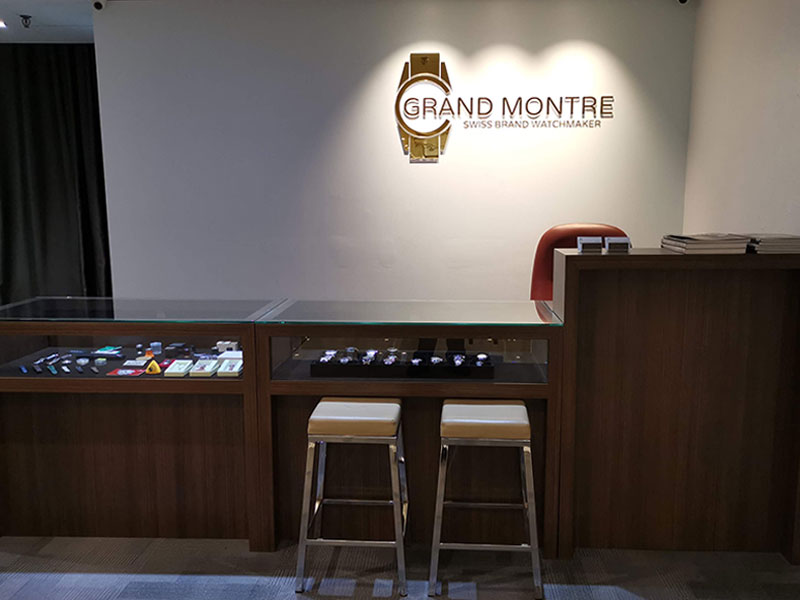What is the Rolex Parachrom Hairspring, and what's so special about it? How did Rolex manufacture the Parachrom Hairspring? What was the first Rolex model with the Parachrom Hairspring? Why did Rolex introduce the Parachrom Bleu Hairspring in the year 2005?
How much do you know about the Rolex Parachrom Hairspring?
-
What is the Rolex Parachrom Hairspring?
-
How did Rolex manufacture the Parachrom Hairspring?
-
What was the first Rolex model with the Parachrom Hairspring?
-
Why did Rolex introduce the Parachrom Bleu Hairspring?
-
What was the first Rolex model with the Parachrom Bleu Hairspring?
What is the Rolex Parachrom Hairspring?

The Rolex Parachrom Hairspring is a strategic component that offers advantages for the precision timekeeping of the movement. It is insensitive to magnetic fields and provides better stability in the face of temperature variations. It remains up to 10 times more accurate than a traditional hairspring in case of shocks.
Rolex introduced Parachrom Hairspring in the year 2000 for Calibre 4130.
How did Rolex manufacture the Parachrom Hairspring?
The Rolex Parachrom Hairspring process begins with the fusion of niobium and zirconium in an electron bombardment oven under a vacuum at approximately 2,400 °C. Rolex added a precise quantity of oxygen to obtain the alloy.
The alloy rod is 30 cm long and 10 mm in diameter. Rolex transformed it into a 3 km long wire with a diameter of 0.1 mm. Rolex flattened it into a ribbon and cut it into 20 cm long segments. They fixed the hairspring’s shape using a high-temperature thermal vacuum treatment.
Rolex added overcoil to the hairspring to ensure its regularity in any position.
What was the first Rolex model with the Parachrom Hairspring?

The Rolex Daytona 116520 is the first Rolex model with the Parachrom Hairspring.
The Rolex Calibre 4130 equipped in the Daytona 116520 is an automatic chronograph movement. It features a Parachrom Hairspring that offers better resistance to shocks and temperature variations. It is a certified Swiss chronometer, a designation reserved for high-precision watches that have successfully passed the Swiss Official Chronometer Testing Institute (COSC) tests.
Why did Rolex introduce the Parachrom Bleu Hairspring?
Rolex introduced the Parachrom Bleu Hairspring in the year 2005. Rolex modified the surface structure of the Parachrom Hairspring by thickening the oxide layer to between 50-100nm. The offshoot effect turns the Parachrom Hairspring into a distinctive blue colour and improves spring stability.
Rolex loves to make up and use fancy verbiage for their products. The “Bleu” is not a typo. It is French for the word blue. For years, Rolex referred to this hairspring as being Parachrom Bleu.
What was the first Rolex model with the Parachrom Bleu Hairspring?

The Rolex GMT-Master II 116710 is the first Rolex model with the Parachrom Bleu Hairspring.
The Rolex Calibre 3186 equipped in the GMT-Master II 116710 is an automatic mechanical movement with a 24-hour hand to display a second time zone. It features a Parachrom Bleu Hairspring that offers better resistance to shocks and temperature variations. It is a certified Swiss chronometer, a designation reserved for high-precision watches that have successfully passed the Swiss Official Chronometer Testing Institute (COSC) tests.



